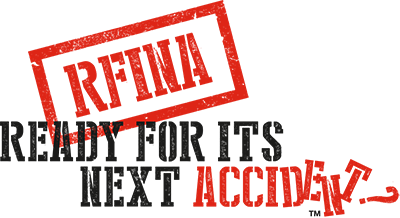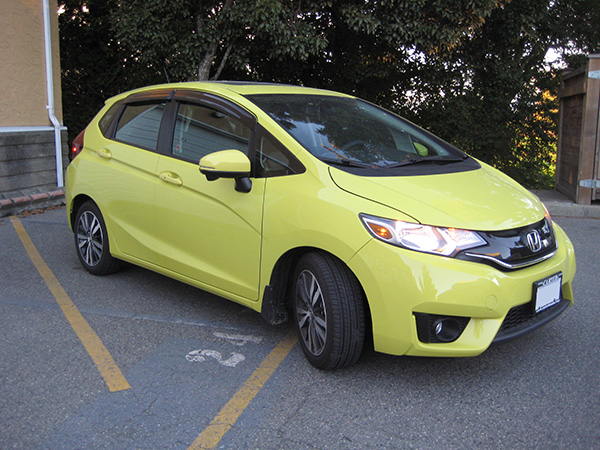Ready for or Causing the Next Accident?
I have tried to keep posts focused on the topic of Next Accident Readiness and the performance of the repaired vehicle in a subsequent impact. In this one I will move off the focus to the very related topic of accidents caused by incomplete repair.
As an example of the subtlety, and importance of complete repairs this article from Repairer Driven News on Oct 4th discusses how Safelite Glass plans to equip their shops with calibration equipment that will allow them to do needed resets after windshield replacement. The point of this is not to teach you about the intricacies of windshield repair, but to show that complexity is rapidly changing in every aspect of car design and repair. If this attention is needed after glass replacement it becomes easier to see why it is very important in collision repair.

